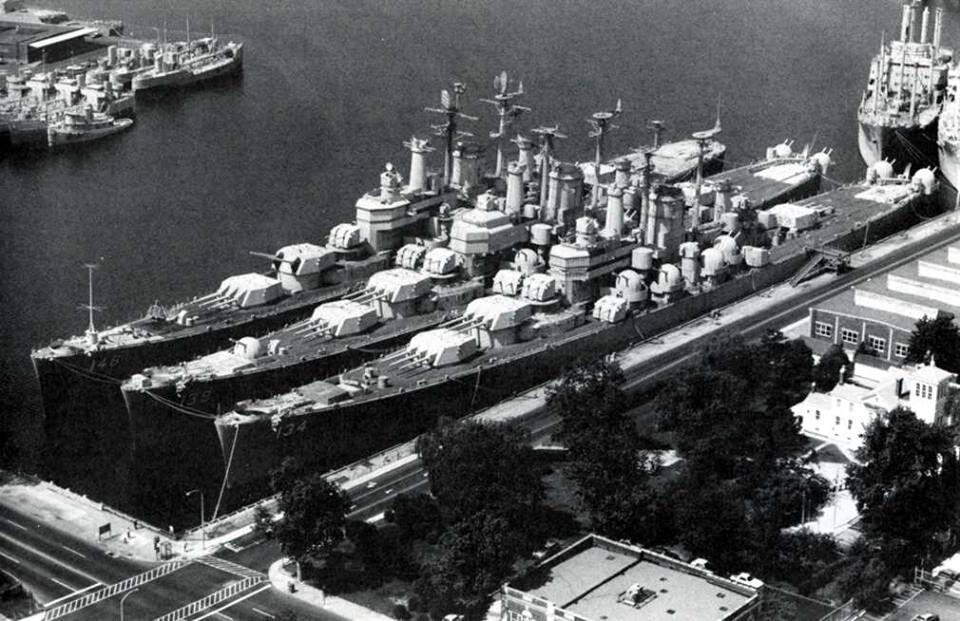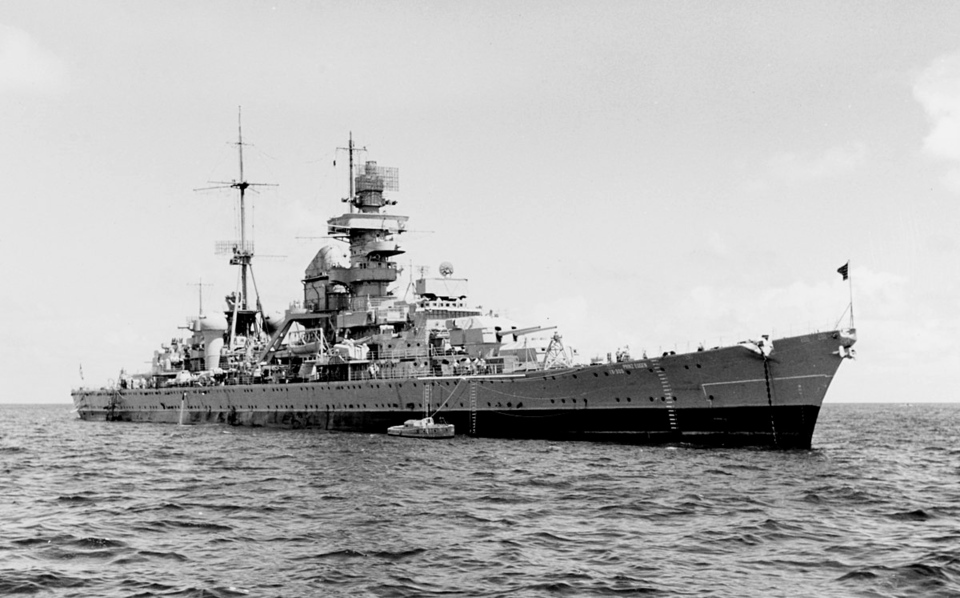#heavy_cruisers
IJN Furutaka (古鷹, named after Mount Furutaka in Etajima, Hiroshima) was the first heavy cruiser built for the IJN, but at the time of commissioning, she was designated as a “first-class cruiser”, as the term “heavy cruiser” was defined later. Originally built as a “fast scout cruiser”, she combines very good mobility with excellent firepower brought by the modified Type 3 №2 main battery guns. This is further enhanced by her very powerful torpedo armament, but at the same time, she is an attractive target for enemy aircraft, as her anti-aircraft and secondary armament are among the worst found on cruisers.
Kako (加古, named after the Kako river in Hyogo Prefecture) was a heavy cruiser of the Imperial Japanese Navy of the Furutaka class. In fact, cruisers of this class were designed as “first-class cruisers”, since at the time of their construction, the term “heavy cruiser” (which was later defined in the Washington Naval Treaty of 1922) did not exist. The cruiser is characterized by a powerful main battery and good survivability, but suffers from a lack of anti-air armament and weak secondary armament.
This article summarizes the history of the Japanese heavy cruiser Myōkō (妙高), named after Mount Myōkō in Niigata Prefecture, focusing on its development and service with the Imperial Japanese Navy during the Second World War. Designed just months after the Washington Naval Conference of February 1922, the Myōkō-class cruisers were the first built to comply with treaty-imposed limitations. Among the four ships in her class, Myōkō was the first to be laid down. Commissioned in 1929, she took part in nearly all major engagements of the Pacific Theatre during World War II until her scuttling in 1946.
The USS Newport News is a Vietnam War-era heavy cruiser that was introduced into War Thunder during the 2022 Winter Fest event in her 1972 refit. In this article, we will cover how the vessel can be obtained, her auto-loading 8-inch guns, impressive long-range anti-air capabilities aided by radars, decent mobility, and troubled survivability. Finally, we will explore the vessel’s usage in battles, as well as a few features that are present on the ship but not implemented in the game. The Newport News was the last all-gun heavy cruiser to serve in any navy, making her an interesting addition to any player’s collection.
The U.S. Des Moines-class cruisers were a class of cruise ships built as heavy cruisers for the United States Navy during the late 1940s and early 1950s. Famous for their powerful armament and design innovations, as well as their long service life, they represented a remarkable achievement of naval engineering during the Cold War. This was the last heavy cruiser class commissioned by the United States. That being said, they provided an important role within the Navy for decades.
The Battle of the River Plate was the earliest major naval battle of the Second World War. It saw the sinking of German pocket battleship Admiral Graf Spee and is often touted as an early success for the Royal Navy, though the actual facts of the battle somewhat muddle that case. The story of this famous battle actually starts a few months before the day it took place on December 13, 1939.
The Prinz Eugen was the third and final member of the completed Admiral Hipper-class heavy cruisers. Launched in August 1938, she saw extensive service during WWII, including in the sinking of HMS Hood alongside the Bismarck. Following the cessation of hostilities, she was transferred to the US, where she was used as a test target in the Baker nuclear test. Due to the damage received during the tests, she capsized and sank before repairs could be made.






